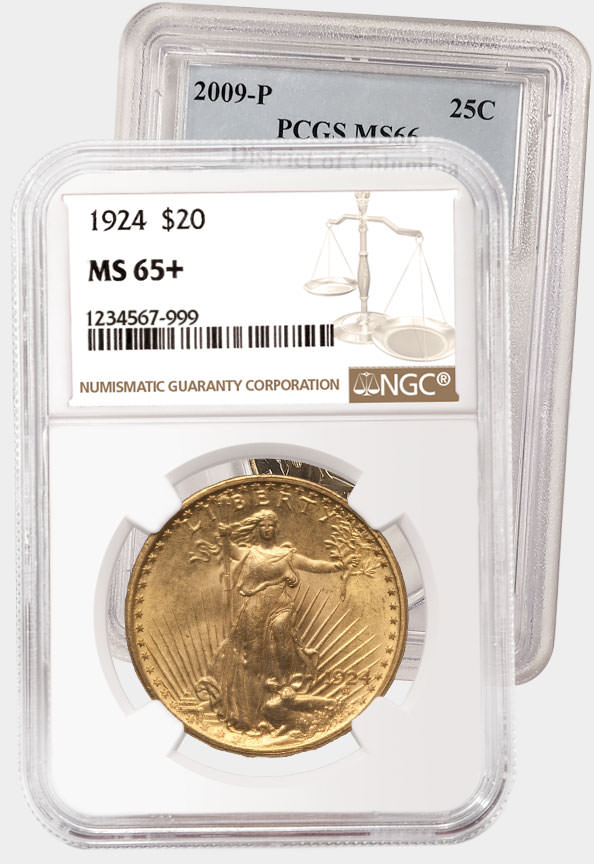Collector’s Edge
Posted on 4/14/2020
Readers of NGC's Chat Boards and other coin messaging sites have noticed a growing trend over the past few years. There seems to be a bumper crop of new collectors ("newbies") posting blurry cell phone images of coins they've found in circulation or in dealers' junk boxes and wanting to know if these pieces are mint errors or varieties. Typically, the coin depicted is damaged, corroded or just struck from severely worn dies. A few veteran hobbyists will gently set them straight, but this can be a thankless task, as the owners of such coins sometimes react with disbelief or even hostility.
Consequently, more and more of these postings are either being ignored by message board members or denounced as the action of internet "trolls." That's unfortunate, as we may be driving away persons who are sincere in their requests. Though it's doubtful that these newly minted coin enthusiasts are reading this column, there are some free options for learning to distinguish between junk and gems. With that in mind I've made up some questions to answer which are representative of what one finds more and more on message boards.
Q: In my aunt's penny jar I found a 1979 with the date and mint letter doubled. I'm including a photo I took. Is this a valuable rarity?
A: One clue to the nature of your coin is found in the fact that both the date and mintmark are doubled. Since the mintmark was applied to the coin after the die was made, this tells me that it isn't a doubled-die obverse (DDO). Instead, it's the result of what is called strike doubling, machine doubling or mechanical doubling. This feature adds no value, and you can learn how to distinguish it from die doubling in an online article titled Attributing US Coin Die Varieties. There are also great photos of both die doubling and strike doubling in Appendix A of The Cherrypickers' Guide to Rare Varieties of United States Coins, a book you should read before attempting to collect variety coins.
Q: My 1960 nickel has the top of the 0 in the date attached to the coin's edge. What kind of variety is this? I want to sell it to a dealer.
A: This is a bit tricky, as a small die break connecting a peripheral design element to the rim is not really a variety, since it was not in the die as made. Nickels dated 1960 are often seen with a raised lump connecting the 0 to the rim, and this can be described as a die state or minor mint error. There's no premium on such flaws, though they are collectible. You can learn more from this article titled Variety vs. Mint Error. Also helpful for a general understanding of varieties is the Variety Vista website.
Q: I sent a doubled-die half dollar to NGC for grading and mint error attribution, but the slab came back inside a baggy with a sticker attached saying "Not a Mint Error."
A: First, a doubled-die should be submitted as a variety, not an error, but I did examine your coin after it was rerouted from NGC's mint error attributor. What you're seeing is die abrasion (also known as die erosion), a drawing outward of the peripheral letters and numbers that occurs as a die wears during repeated use. Perhaps 10-15% of the alleged doubled-dies submitted to NGC display this effect and are returned without any variety or error designation. The link above in response to X.F.'s question includes an example of die abrasion doubling.
Stay Informed
Want news like this delivered to your inbox once a month? Subscribe to the free NGC eNewsletter today!




